The current situation with COVID-19 is rapidly changing and as such government and industry advice about, and in response to, the COVID-19 pandemic is rapidly changing as new information becomes available.
To help you with both organisation, community, business and personal decisions, or to just keep updated, please see below to get the most current information.
Should you have situation specific queries we strongly urge you to contact Service NSW who are available 24/7 on 13 77 88 as they will have the most relevant information on hand and will help you guide you through the process.
However, with current Stay At Home Public Health Orders in place, you must stay home and only leave your home if you have a reasonable excuse (see Rules below and what is a ‘reasonable excuse’).
- If you must leave home, stay within your local area. Do not travel outside your local area if you can avoid it.
- Limit your physical contact with people you do not live with. See the restrictions for visitors to a residence here
- You must carry a face mask with you at all times and wear a face mask when required when you leave your home.
Please remember, these change day-to-day, and the information Landcare NSW has is informed by these websites so if unsure please go directly to NSW Government website
COVID-19 Rules
Learn about the rules and restrictions in NSW and what you can do to help stop the spread of COVID-19 here
Exempted Gatherings
Places that fall under ‘exempted gatherings’ must follow the relevant rules including:
– the wearing of face masks
– having a COVID-19 safety plan and
– mandatory electronic check-in (QR codes).
General Information
2021 COVID-19 Support Package
The NSW Government will provide financial assistance, support measures and tax relief to help businesses and people across the state impacted by the current COVID-19 restrictions.
Businesses, sole traders and small not-for-profits
The new small business support payment will support up to an estimated 500,000 entities employing more than 3 million people.
More here
Regional stay at home rules
Viewing the map
- Enter an address to check whether it is in a local government area where the stay at home rules apply.
- Click on the map for a link to the rules that apply to a local government area.
COVID-19 Safety Plans
Your COVID-19 Safety Plan must address the matters required by the approved COVID-19 Safety Checklist.
The plans set out what businesses and organisations need to do to fulfil their obligations under public health orders and minimise risk of transmission of COVID-19 on their premises.
Complete the relevant COVID-19 Safety Plan for your industry. You need to keep a copy of your plan and provide it when asked to an authorised person.
Rules and restrictions for the regional and rural affected areas in NSW where stay at home rules are in place to help stop the spread of COVID-19.
For more information click here
Or here
Working and Businesses
Fairwork
Visit this site to see information that covers workplace laws, obligations and entitlements for:
- employers and employees affected by coronavirus (COVID-19)
- employers and employees who previously participated in the JobKeeper scheme (qualifying employers, legacy employers and eligible employees)
- employers and employees covered by awards varied by the Fair Work Commission during coronavirus (such as the Vehicle Award).
Working from home
Employers must allow an employee to work from home if it is reasonably practicable to do so.
If you cannot work from home and you go to your workplace, you must wear a face mask (unless an exemption applies).
Full details here
Mandatory electronic check-in (QR codes)
Check in is required by staff and customers when they enter certain premises. This covers all industries bar providing emergency services, by vehicle if you do not leave your vehicle, if you are under 18 years of age and it is not possible to register your contact details, to exercise law enforcement, intelligence or national security functions on behalf of a NSW Government or Australian Government agency, a health or medical facility (other than a pharmacy) as a patient or a farm. Activities on farm we suggest still having a sign in register.
Information regarding QR codes here
COVID-19 Safe outdoor gatherings
An outdoor public gathering is a COVID-19 safe outdoor gathering if the organiser
- has and complies with a COVID-19 Safety Plan that addresses the matters required by the approved COVID-19 safety checklist and
- keeps a copy of the COVID-19 Safety Plan
- makes a copy of the COVID-19 Safety Plan available to an authorised officer or a police officer as requested.
For more about the requirements for a COVID-19 Safety Plan – outdoor events click here
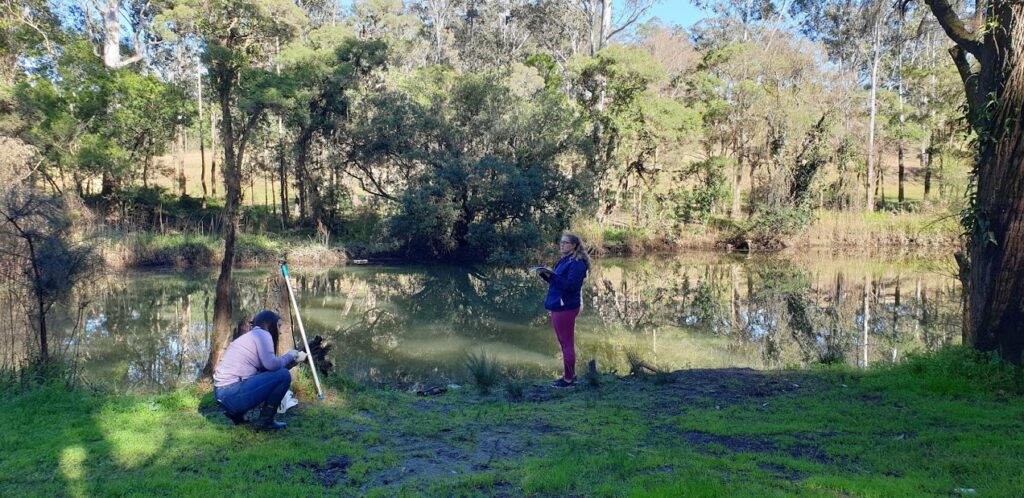
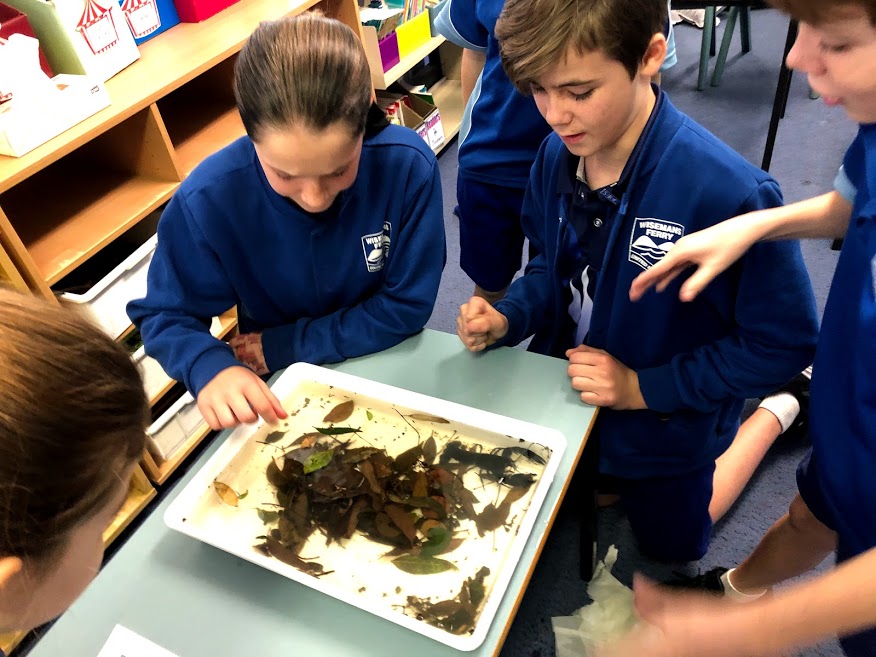
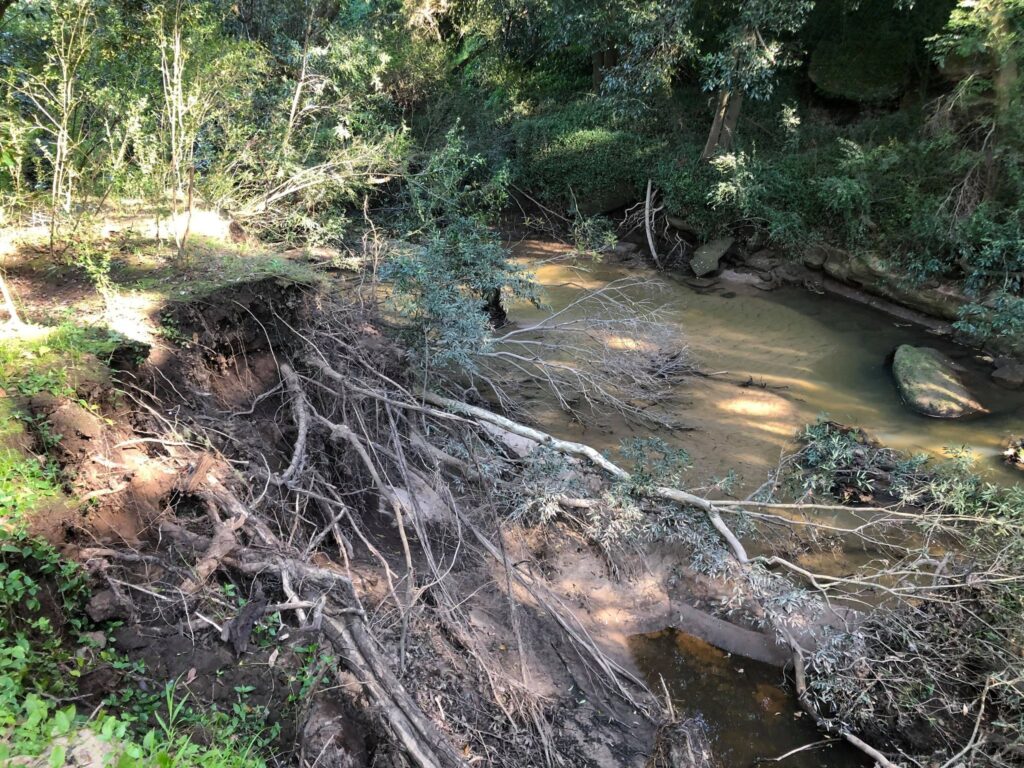
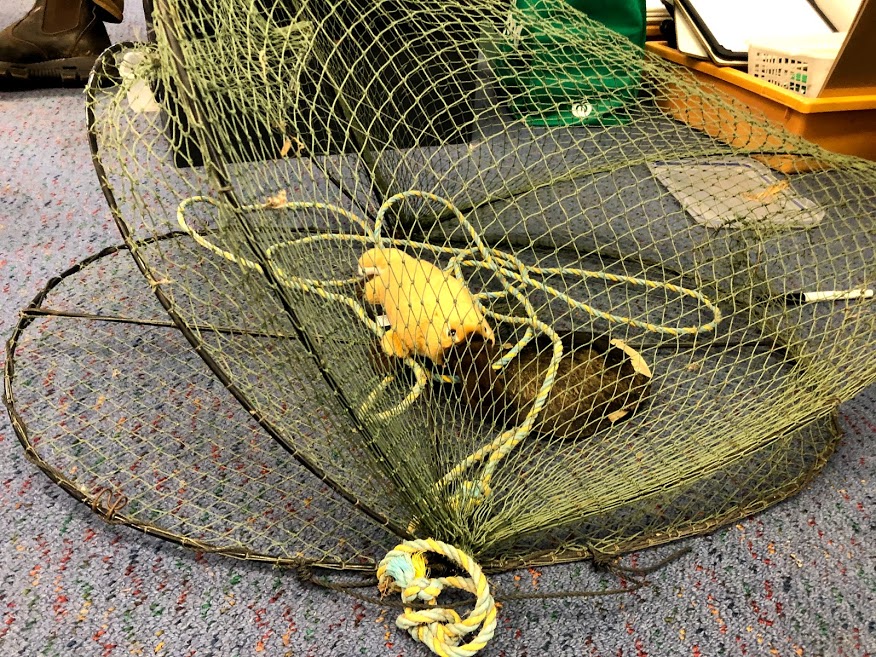
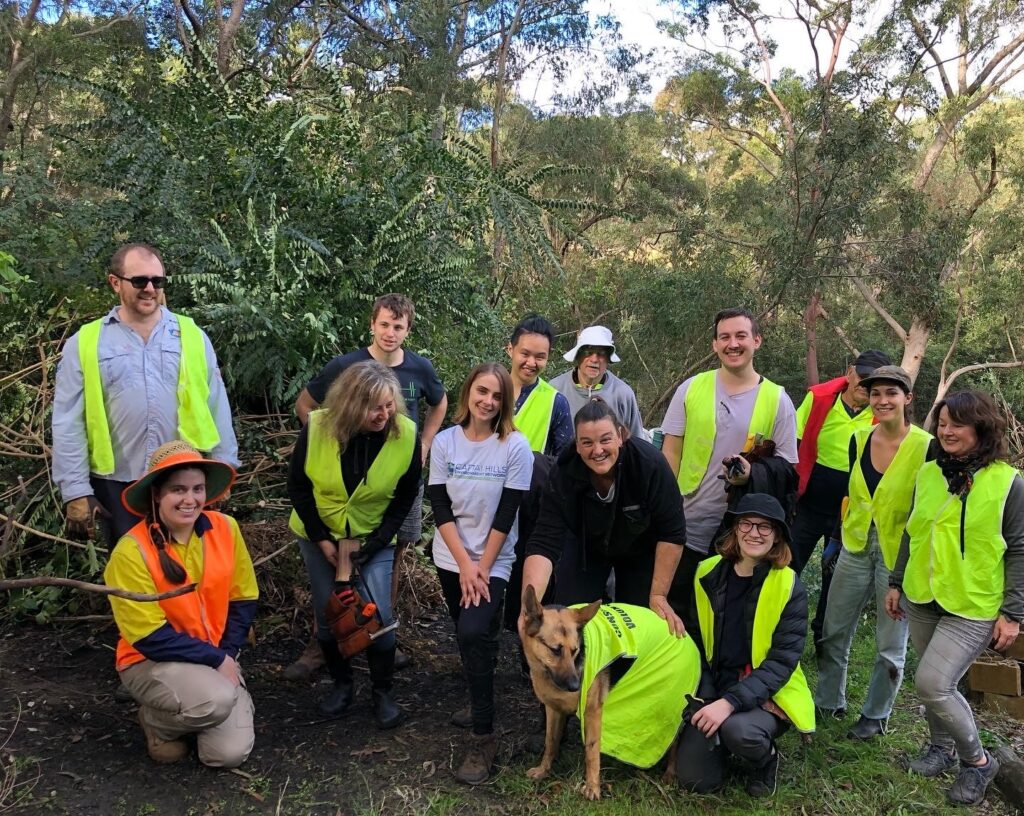
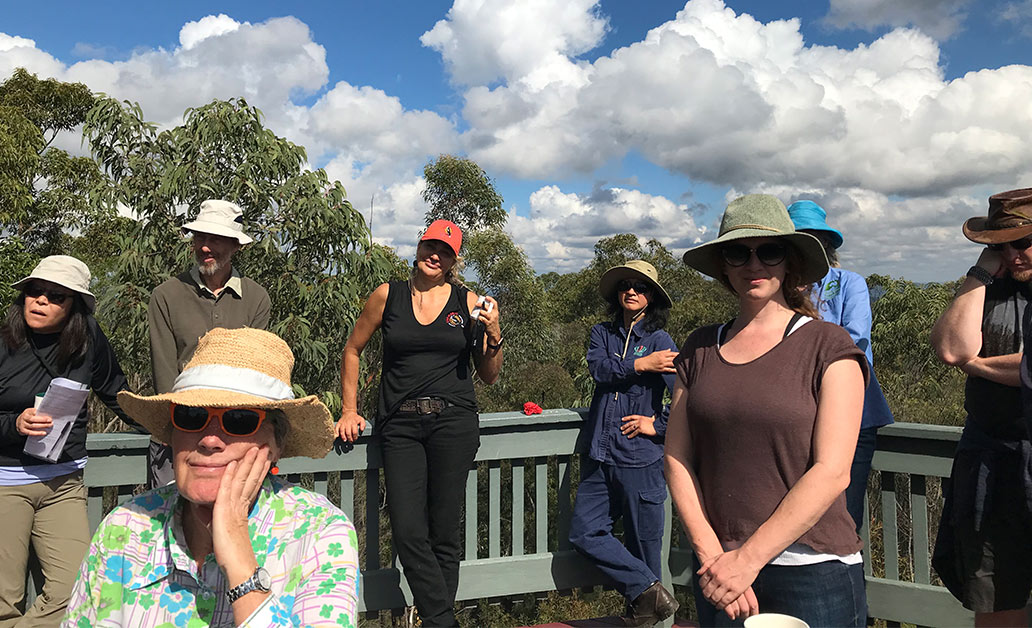
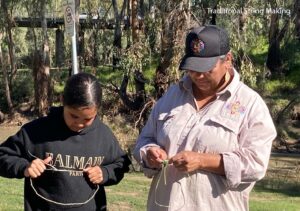 Moree Urban Landcare (MUL) recently held a combined tree planting and traditional weaving and twine making event for their local community with a traditional bush tucker meal supplied.
Moree Urban Landcare (MUL) recently held a combined tree planting and traditional weaving and twine making event for their local community with a traditional bush tucker meal supplied.